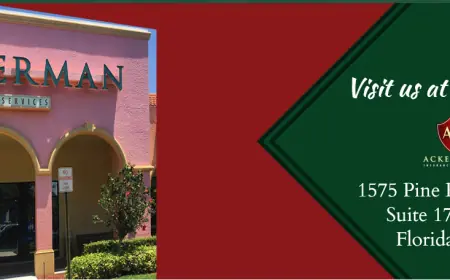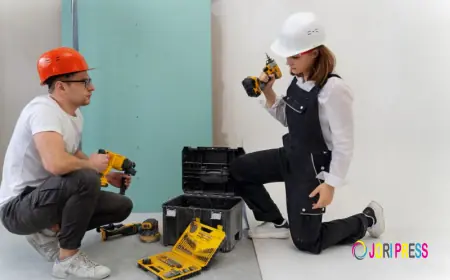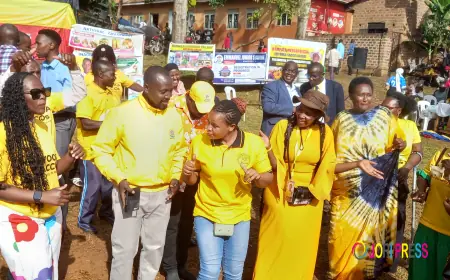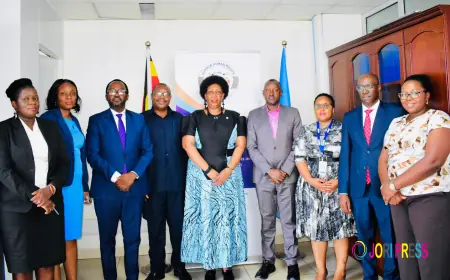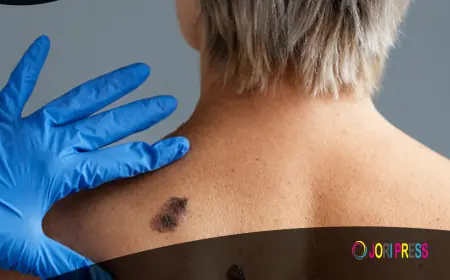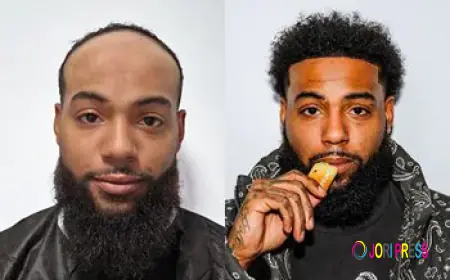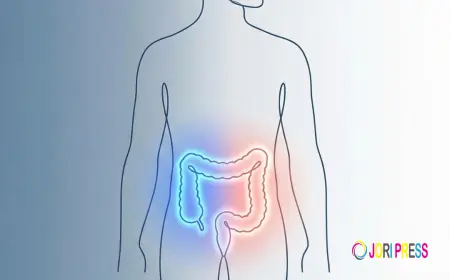Expert Guide to Revision Rhinoplasty Procedures in Riyadh
Male and Female Rhinoplasty Options in Riyadh – Customized approaches to meet gender-specific aesthetic goals and preferences.
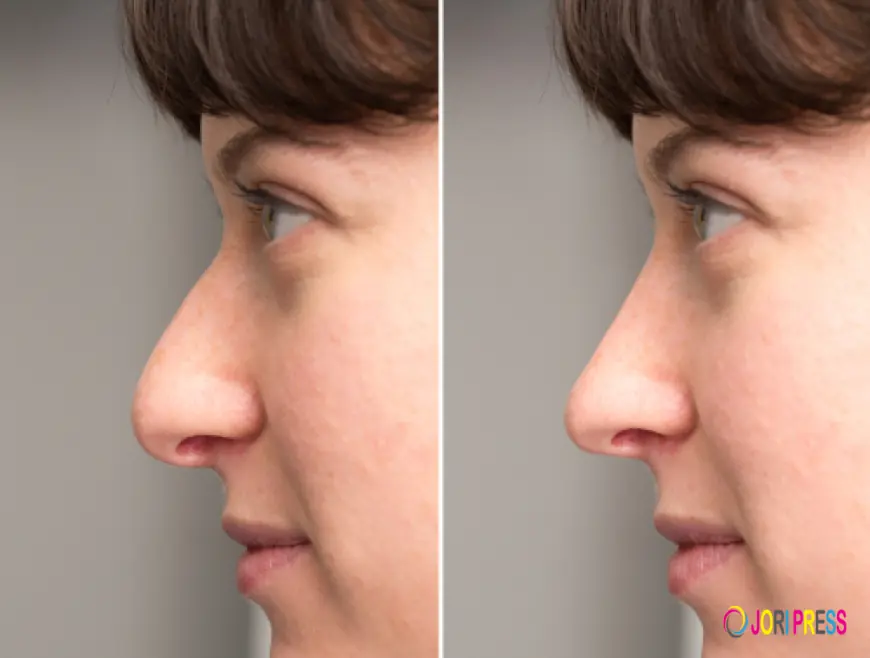
Revision rhinoplasty is a specialized surgical procedure performed to correct or improve the results of a previous nasal surgery. In Riyadh, the demand for revision rhinoplasty has increased as patients seek expert solutions to address unresolved aesthetic concerns or functional problems following their initial surgery. Understanding the complexities and benefits of revision rhinoplasty is essential for anyone considering this delicate and highly technical procedure. Rhinoplasty in Riyadh offers access to experienced surgeons who combine advanced techniques with personalized care to help patients achieve the desired outcomes while minimizing risks.
Table of Content:
-
What is Revision Rhinoplasty?
-
Why Do Patients Seek Revision Rhinoplasty?
-
Challenges and Complexities of Revision Rhinoplasty
-
Comprehensive Patient Evaluation and Planning
-
Surgical Techniques Employed in Revision Rhinoplasty
-
Managing Expectations and Recovery
-
Risk Factors and Safety Precautions
-
Frequently Asked Questions (FAQs)
-
Conclusion: Trust Royal Clinic Saudia for Your Revision Rhinoplasty Needs
What is Revision Rhinoplasty?
Revision rhinoplasty, also known as secondary rhinoplasty, is a corrective procedure performed after a primary rhinoplasty to address unsatisfactory results or complications. Patients may undergo revision surgery to fix issues such as nasal asymmetry, breathing difficulties, tip deformities, or excessive scarring. Due to the complex nature of nasal anatomy and healing, revision rhinoplasty requires a higher level of surgical skill and precision.
In Riyadh, revision rhinoplasty is increasingly sought after as more individuals pursue enhancement or correction of previous surgeries performed locally or abroad. The procedure focuses not only on improving appearance but also on restoring or improving nasal function.
Why Do Patients Seek Revision Rhinoplasty?
Patients pursue revision rhinoplasty for a variety of reasons, including:
-
Dissatisfaction with the nasal shape or symmetry
-
Persistent breathing difficulties post-primary surgery
-
Scar tissue or internal adhesions causing obstruction
-
Over-resection or under-resection of cartilage or bone
-
Nasal tip deformities or unnatural appearance
The goal of revision rhinoplasty is to correct these issues while preserving or enhancing nasal structure and function. Given the complexity of revision cases, it is vital that patients choose surgeons with proven expertise in revision techniques.
Challenges and Complexities of Revision Rhinoplasty
Revision rhinoplasty presents several challenges, such as:
-
Scar tissue from previous surgery
-
Altered or weakened cartilage and bone
-
Reduced blood supply leading to slower healing
-
Need for cartilage grafts from other body areas
-
Higher risk of complications compared to primary surgery
Experienced surgeons in Riyadh utilize advanced imaging and careful planning to navigate these challenges effectively. The surgeon’s skill in sculpting and reinforcing nasal structures is crucial to achieving satisfactory outcomes.
Comprehensive Patient Evaluation and Planning
Before revision rhinoplasty, patients undergo extensive assessments including:
-
Detailed medical and surgical history review
-
Nasal airway examination and breathing tests
-
3D imaging and simulation of potential results
-
Discussion of patient goals and realistic expectations
This evaluation ensures that the surgeon understands the underlying issues and designs a customized surgical plan tailored to the patient’s needs.
Surgical Techniques Employed in Revision Rhinoplasty
Techniques in revision rhinoplasty vary based on individual cases but may include:
-
Open rhinoplasty for better visualization and access
-
Cartilage grafting using septal, ear, or rib cartilage
-
Structural reconstruction to strengthen weakened areas
-
Scar tissue release and smoothing of irregularities
-
Adjustments to nasal tip, bridge, and nostrils for symmetry
The choice of technique depends on the nature and severity of the issues to be corrected.
Managing Expectations and Recovery
Revision rhinoplasty recovery typically involves:
-
More swelling and bruising than primary rhinoplasty
-
Use of nasal splints and careful postoperative care
-
Close follow-up to monitor healing and intervene if necessary
-
A longer healing period, often up to 12 months for final results
Managing expectations is critical, as revision surgery may not always fully replicate or exceed the original goals but aims to provide significant improvement.
Risk Factors and Safety Precautions
Risks include infection, bleeding, asymmetry, and nasal obstruction. Choosing an experienced surgeon and adhering to all pre- and postoperative guidelines can minimize these risks. Riyadh’s top clinics prioritize patient safety and use sterile, state-of-the-art environments.
(FAQ's):
How soon can I consider revision rhinoplasty after my primary surgery?
It is generally recommended to wait at least 12 months for complete healing before undergoing revision rhinoplasty.
Is revision rhinoplasty more painful than the first surgery?
Pain levels are similar, but recovery might feel more intense due to scar tissue and previous surgical changes.
Can breathing problems always be fixed with revision rhinoplasty?
Most functional breathing issues can be addressed, but outcomes depend on the extent of anatomical damage.
Will revision rhinoplasty leave visible scars?
Surgeons aim to minimize scarring, often using open techniques where scars are concealed on the columella or inside the nostrils.
How do I know if I am a good candidate for revision rhinoplasty?
A thorough consultation with a specialist will determine candidacy based on nasal anatomy, health, and goals.
Are cartilage grafts always necessary in revision rhinoplasty?
Not always, but many revision cases require grafts to rebuild structural support.
What is the success rate of revision rhinoplasty?
When performed by experienced surgeons, success rates are high, but results vary per individual.
Can revision rhinoplasty be combined with other facial procedures?
Yes, some patients choose complementary procedures like chin augmentation or skin treatments to enhance overall facial harmony.
Conclusion: Trust Royal Clinic Saudia for Your Revision Rhinoplasty Needs
If you are considering revision rhinoplasty, Rhinoplasty in Riyadh at Royal Clinic Saudia offers specialized expertise to correct previous nasal surgery results effectively. With a focus on patient-centered care, advanced surgical techniques, and a commitment to natural, functional outcomes, Royal Clinic Saudia is your trusted partner for revision rhinoplasty in Riyadh. Schedule your consultation today to explore your options and begin your journey toward renewed confidence and improved nasal function.
What's Your Reaction?
 Like
0
Like
0
 Dislike
0
Dislike
0
 Love
0
Love
0
 Funny
0
Funny
0
 Angry
0
Angry
0
 Sad
0
Sad
0
 Wow
0
Wow
0
